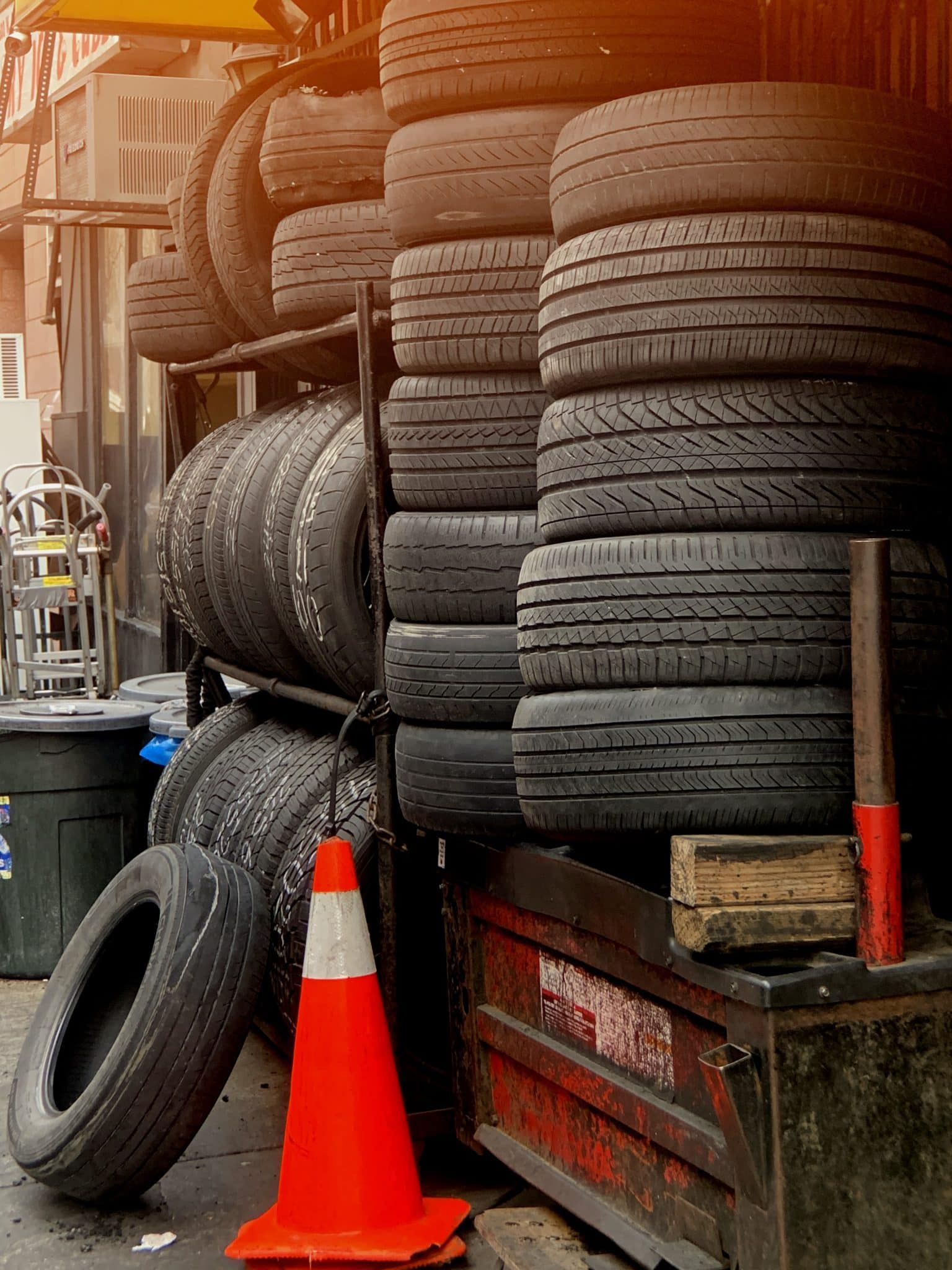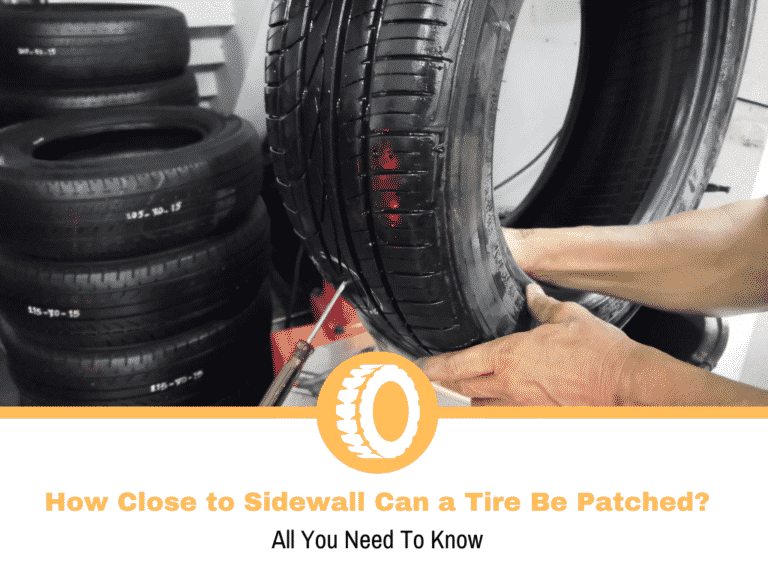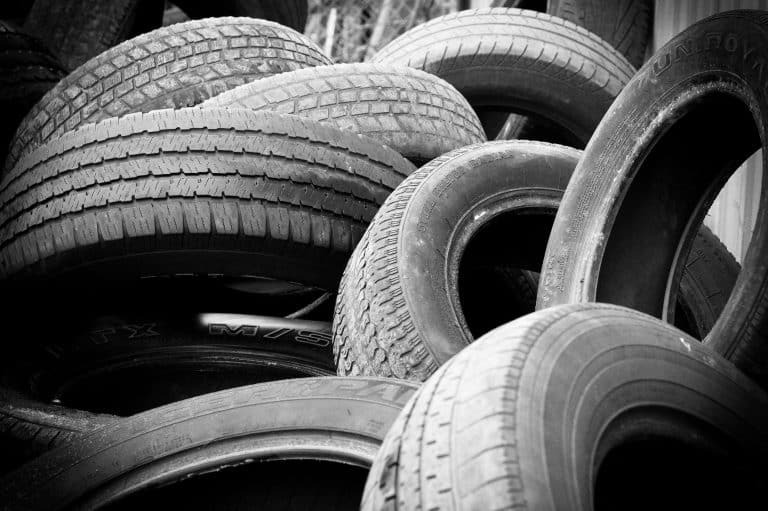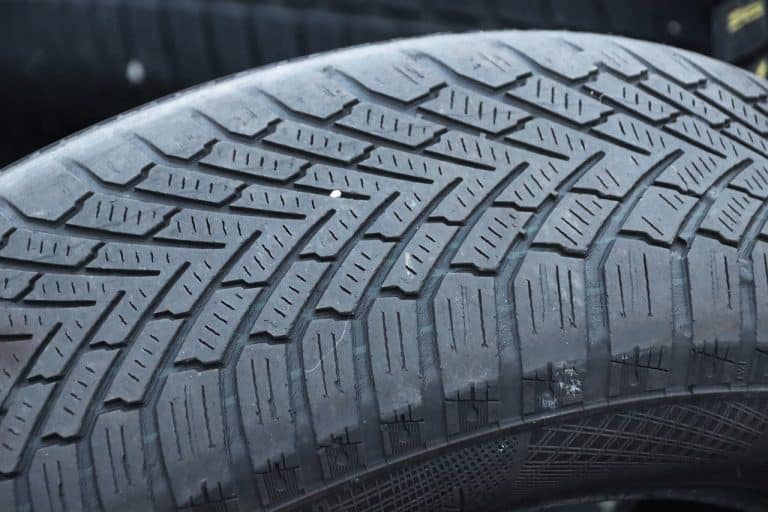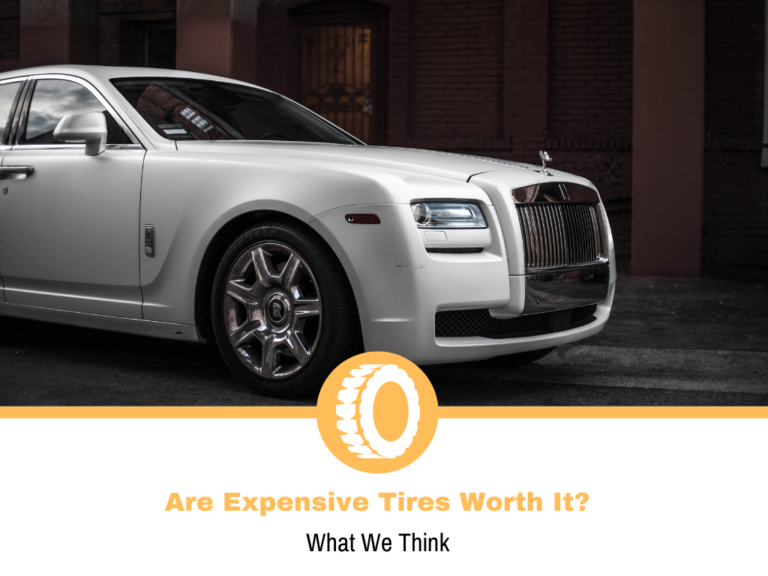What to Look for in Tire Warranties
Any car owner is hoping to get a set of tires and use them as long as possible. Install a set, drive it for thousands of miles, and get the next one. Regardless if we’re talking about driven miles or tire age, they need to be replaced at a certain point.
This is the most ideal outcome where the tires last as long as they’re intended. Unfortunately, things don’t always go according to plan and we end up in situations where our tires don’t live out their life hassle-free.
As good as tire manufacturers have gotten in the past century, there are still some hiccups that may happen in some scenarios. Therefore, they offer warranties to ensure that the product you purchased lasts as long as promised. Naturally, I’m talking about tire warranties.
With every review or list we make here, one of the many aspects we mention is the warranty. This doesn’t paint the entire picture, which is why you should get additional information from the retailer or manufacturer.
For some, this can be confusing, which is why today’s guide will explain what to look for in tire warranties and what they cover.
Treadwear warranty
The most commonly looked at warranty is the treadwear one. This is where manufacturers have a predicted mileage of how long a tire should last. They offer the warranty for a certain duration, again, depending on their predictions. For example, you may have a 60,000-mile treadwear warranty spanning up to 6 years. So, what does this mean?
This means that 6 years after purchasing the tires, you should be able to get at least 60,000 miles out of them before the tread depth reaches the legal minimum of 2/32 inches. With this warranty, you would be eligible for a replacement or a discount on the next set if the tire wears down sooner than 60,000 miles before the tires blow the candles for their 6th birthday.
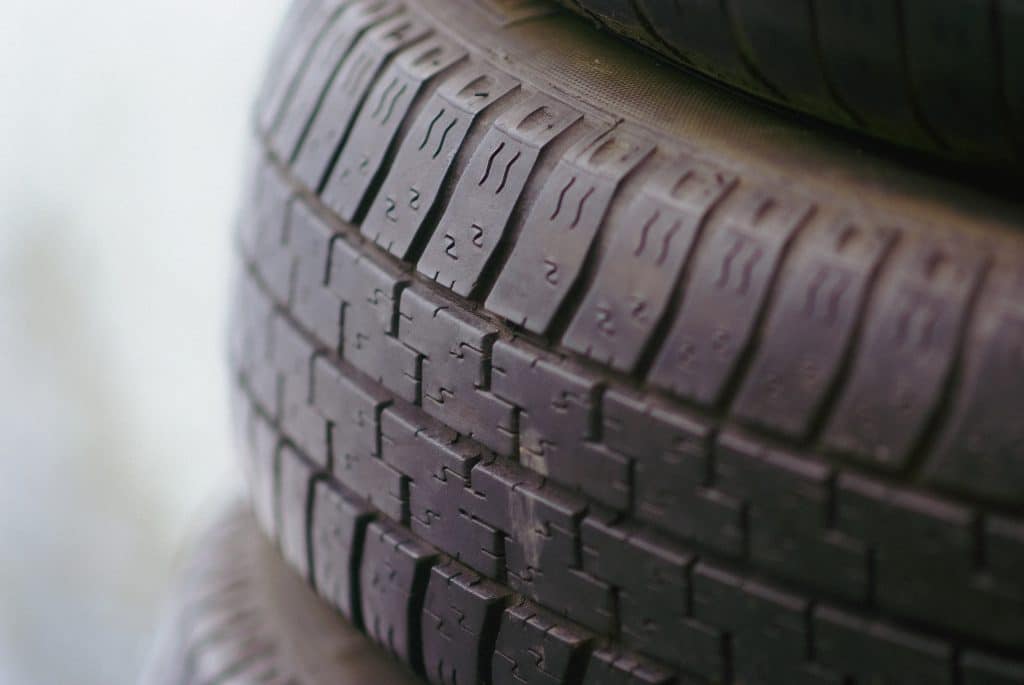
There are some variations from one manufacturer to another, so it’s not the same with all of them. Some have a longer warranty, but for a shorter duration, while others don’t have a timeframe at all.
The most important thing to note is that not all tires come with a treadwear warranty. UHP tires or mud-terrain ones usually don’t have this because of their nature. Both types are tortured, so no manufacturer will guarantee how long a tire will last.
Another thing to note is the conditions in which you’re getting this warranty. Cars with a staggered setup like my IS250 are eligible for only half of that warranty. This is because, with that setup, you aren’t as flexible for rotation, which can reduce the longevity of the tires.
Uniformity warranty
Tire manufacturing is a complicated and precise process, but sometimes things don’t come out as perfectly as possible. A tire shop will install the tires and see if the wheel is balanced. They will add weights where needed and you’ll be on your way. There are situations where this won’t be enough, which is where the uniformity warranty comes into play.
The tires may not be perfectly balanced, but there are situations when they are too far unbalanced or deformed. In these situations, no amount of weight will provide you with a vibration-free ride. Most manufacturers have a uniformity warranty that will last you for the first 2/32 inches of wear. In some cases, there also may be a maximum of a 1-year period.
To be fair, you’ll notice a deformed tire pretty quickly, so you won’t have to worry too much about that.
Workmanship and Materials Warranty
This is like the uniformity warranty, as it covers defects to the tire which are the manufacturers’ fault. Each company has claims that a tire should last up to a certain number of years and if it doesn’t or gets damaged, then you have the workmanship and materials warranty to cover you.
Like with the other warranties, there are differences depending on the make and model, but for the most part, it’s a similar story. The warranty covers you for a certain number of years, let’s say 5 or 6, and the process will depend on how much the tire is worn down. In general, if you need a replacement within the first 20-25% of wear, you will get a free replacement. If the tire is worn more than that, then you’ll get a pre-calculated discount for the new tire, depending on how much life it has left.
Road Hazard Warranty
The road is a dangerous place for a tire, and some kind of damage is almost unavoidable. In most cases, they are minor damages that won’t affect how the tire performance, but there are situations where they can cause a flat. A road hazard warranty may cover a damaged tire.

A handful of models come with a manufacturer road hazard warranty, which isn’t backed by the tire shop that sold you the tires. With that said, there are shops that offer their own warranty, which is basically an insurance. The prices vary from one shop to another, and there is a wide variety of options included. Some may cover towing, others may cover only the tire, or give you a discount on the replacement. There are tons of options, so check with your favorite tire shop.
Special Warranty
The last kind of warranty is the special one, and it’s essentially a test drive one. Similar to how you can get a car and test it, some manufacturers offer a special warranty for some of their models. Depending on the model, you can get a 30 or 45 days test period in which you can decide if the performance is good enough.
As good as this may seem, there are some conditions involved. You’re not getting the tires for a month, drive them to shreds and ask for a refund. Most tire shops will check the tire for wear and decide if you’re eligible for a refund.
How not to void your warranty?
Having a warranty is nice because you know you’re covered by the manufacturer for a certain amount of time. With that said, as the manufacturer has an obligation towards you, there are some conditions attached to you as well.
The first and most important thing you’ll need is proof of purchase. Not a lot of people keep all the documentation, but in this case, you should. This is the first step towards getting approved for your application for a warranty claim.
Next up is the condition of the tire or tires. Regular maintenance is a good way to keep them running healthy and to be eligible for a warranty. For the most part, you’ll need to prove that the tires were rotated regularly and that the pressures were as optimal as possible.
Finally, before the overall process continues, a technician will inspect the tire visually. This is where the mechanical damage comes into play, so if there is one, the chances of getting a claim are reduced. To be fair, not all damages will cause that, but it’s not your decision to make.
Conclusion
A warranty is a very nice thing to have. Similar to a car warranty, with tires, manufacturers keep you covered for a while, ensuring that you’re getting the most out of the product. This is because, like everything in the world, there are imperfections and you don’t have to pay the price for that.
As well as all of this sounds, there are plenty of conditions associated with tire warranties. So it’s important to keep everything documented and to maintain your tires regularly. Avoiding doing so means you’re reducing your chances of your warranty claim getting approved.
